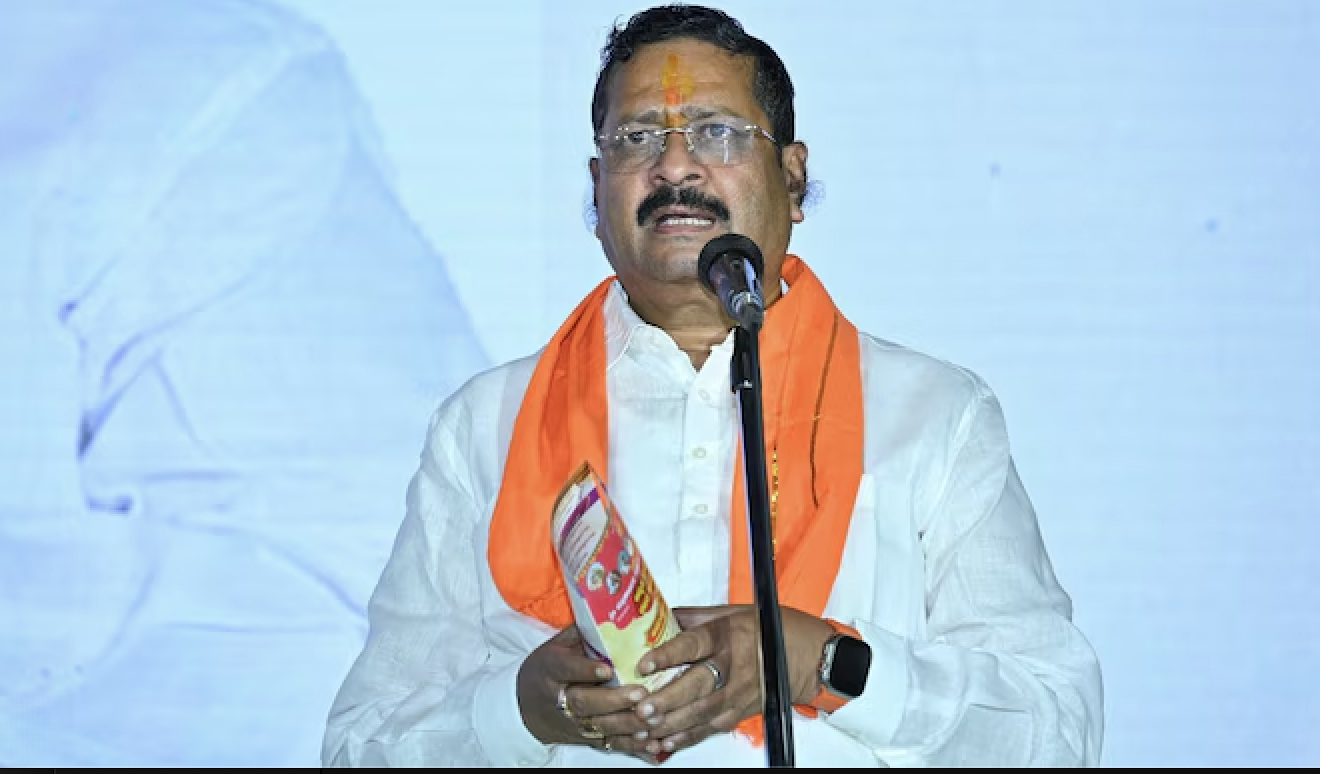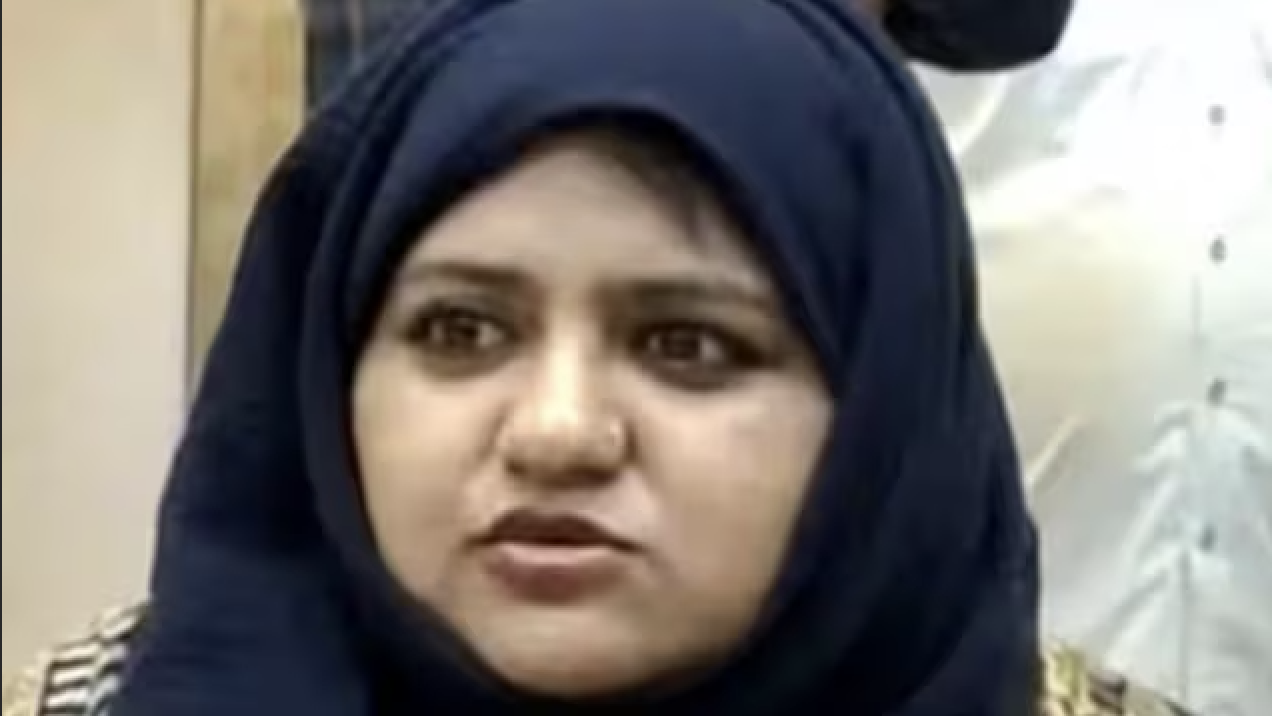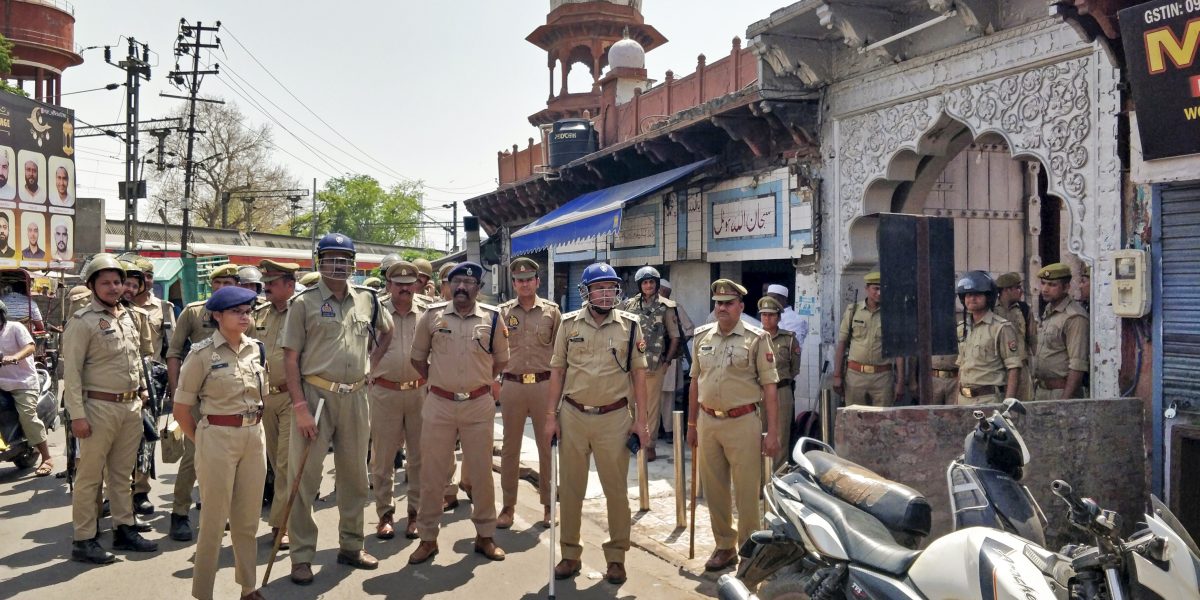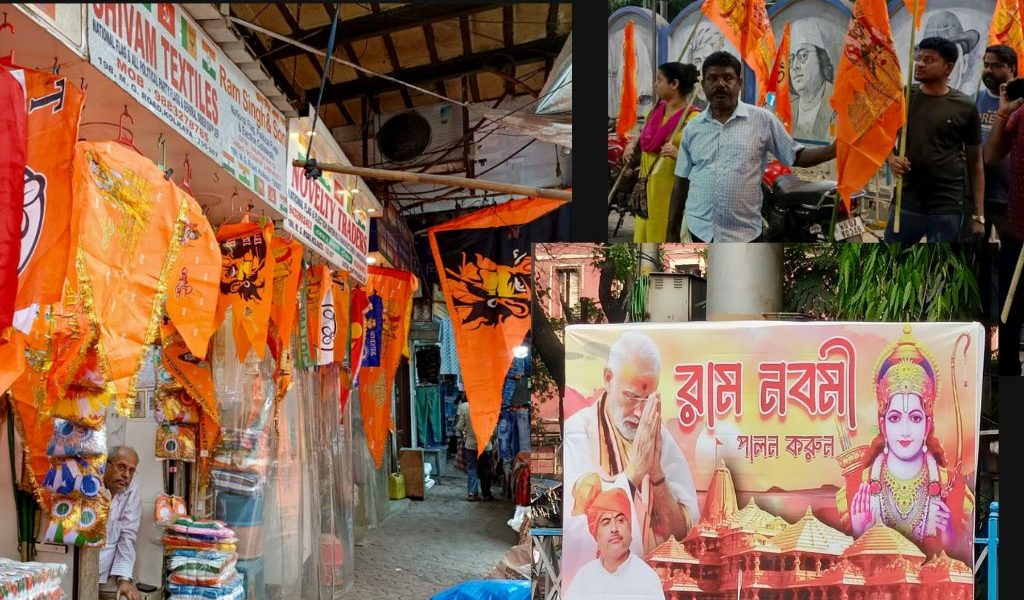
By Apoorvanand
Earlier this week, the Tripura police booked 102 Twitter handles for posts about communal violence in the state. Many of these charges were under the Unlawful Activities (Prevention) Act, an anti-terror law. It was clearly an act of intimidation, designed to send a message: you dare not say what we do not want the world to know.
The police claimed that it booked the social media handles because it wanted to stop the spread of rumours that could be a threat to peace. No one can dispute that dangerous rumours need to be stopped. But the Tripura police’s action suggests it did not just want to stop rumours – it wanted to cover up the violence.
After all, word about the incidents in the state spread through social media posts until it became difficult for the so-called mainstream media to remain silent or play down the violence in its reports.
The Tripura police is following the troubling precedent set by its counterparts in Delhi and Uttar Pradesh.
In January, the Delhi Police filed a first information report against Congress leader Shashi Tharoor and six journalists for allegedly sharing unverified news about the death of a man during the farmers’ protests.
For more than a year now, journalist Siddique Kapan has been in jail. His alleged crime: trying to report on the violence that took the life of a Dalit girl in Hathras. Several other journalists reporting from Uttar Pradesh have also been slapped with criminal charges. A former civil servant like Surya Pratap Singh has seven cases against him for tweeting about the dismal state of Uttar Pradesh during the second wave of the pandemic and other critical posts about the second government.
The charges in most cases are similar: spreading misinformation with a view to create trouble or division. The Uttar Pradesh government believes that reporting on the state critically is a design to disrupt the peace.
Police failure
It is now evident that violence did take place in Tripura, and that it was directed against Muslims. The administration also had warning of trouble brewing in the state. For days leading up to the violence, Hindutva groups, including those affiliated to the ruling Bharatiya Janata Party, had launched massive rallies to protest against the anti-Hindu violence in Bangladesh.
There are WhatsApp messages and Facebook posts mobilising people for these rallies. Many of these messages were hateful and had the potential to cause violence.
There is no evidence that the Tripura police paid attention to these online mobilisations. If it did not know about them, that reflects poorly on its policing abilities. If it did, then it knowingly ignored the signals and allowed the violence to take place. It provided a golden opportunity for the Bharatiya Janata Party and allied groups such as the Vishwa Hindu Parishad and the Bajrang Dal to ramp up their anti-Muslim campaign.
A government concerned with the well-being of its people and with keeping the peace would have taken precautions against the Hindutva rallies. After all, in September, the state government imposed restrictions under Section 144 in West Tripura district, saying rallies and meetings would be forbidden until after Diwali.
This was after the administration had denied the opposition Trinamool Congress permission to hold political meetings in the state, citing concerns about potential violence and “mischief”. But the Tripura police did not think it necessary to prevent the Hindutva protests shortly before Diwali.
Has it become naive to expect the police, especially the police in a BJP-ruled state, to act according to a constitutional conscience? An anti-Muslim bias in the police has become so normalised that we celebrate the rare police officer who does what law enforcement is supposed to do: prevent violence against all citizens, including Muslims.
The usual police response to Hindutva mobilisations that could spill over into violence is to stand by and let it happen. These mobilisations are treated as a genuine outpouring of “Hindu emotion”, even if the police know that they are not spontaneous, that there is an organisational apparatus behind them. Moreover, in most cases, it treats Muslims attempting to defend themselves as acts of violence.
In Tripura, the police were not only unable to stop the rallies, they also watched on the sidelines as mobs attacked set fire to Muslim-owned shops and vandalised mosques.
The loneliness of minorities
Strangely enough, people outside Tripura remained blissfully unaware of the extent of the violence. A section of the national media expressed disquiet over the incidents. The Assamese media also appeared uninterested in what was happening in the neighbouring state. It was only after the violence reached its peak that the Tripura High Court took cognisance of it and asked the state government to submit a report on the matter.
Images and videos of damaged houses, shops and mosques had already started spreading online. It was difficult to ascertain whether all these images were genuine. But the Tripura police seemed more concerned with cracking down on the accounts posting about the violence than about containing the violence itself. In particular, it insisted that no mosques had been burnt – anyone making such a claim faced charges of spreading misinformation.
The Tripura police now treats any attempt to document the violence as an attempt to defame the government and a design to create enmity between religious groups. Supreme Court lawyers who were part of a fact finding team in Tripura were sent notices under the Unlawful Activities (Prevention) Act. The lawyers had described large-scale violence and administrative failures – how does that generate hatred between religious groups?
It should also be noted that violence preceded the report and posts, not the other way around. The Tripura police is trying to shift the discussion away from its failure or wilful negligence to whether people should talk about it or not.
Indian Muslims and Christians have been forced into psychological and political isolation. They are surrounded by hostile forces: from political power to the law and order machinery, from the media to a reticent judiciary. Hate against minorities is part of the BJP’s ideology, but what about our police, our civil administration, our judiciary? Do they exist to facilitate the politics and project of the BJP?
This is the question that has been thrown into sharp relief after the Tripura police’s action against those who spoke against the recent violence.
This story first appeared on scroll.in






